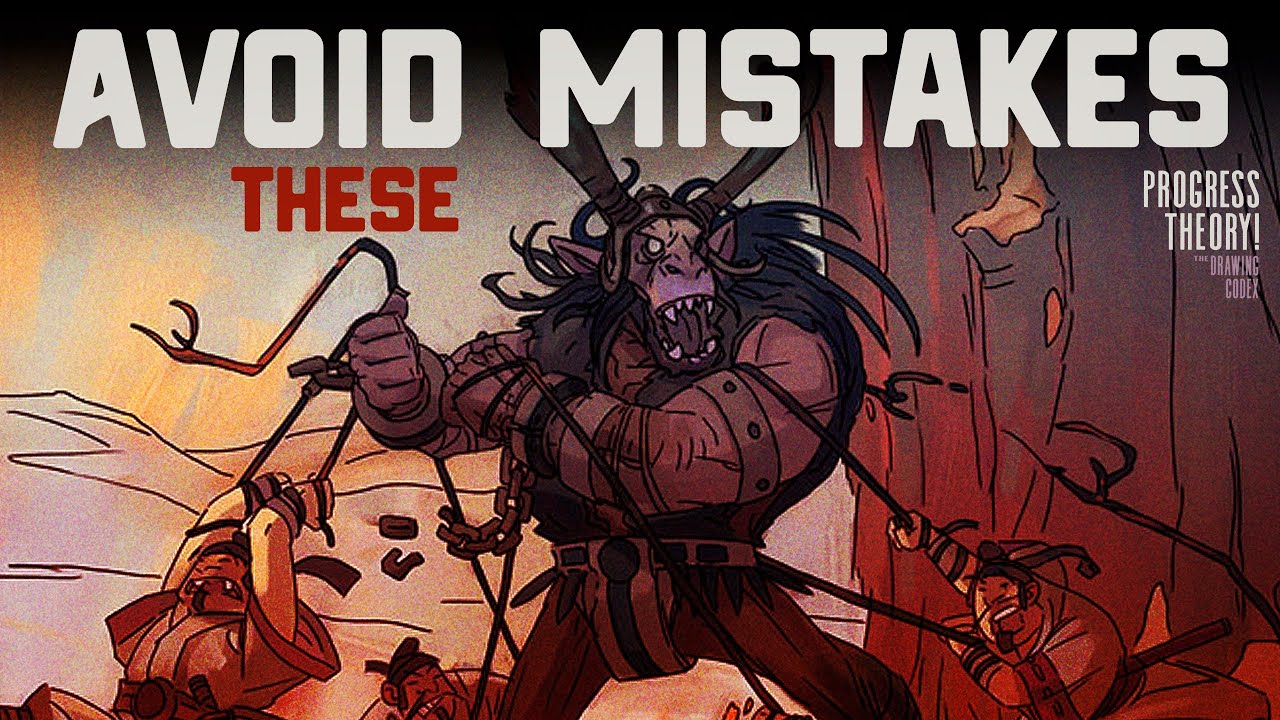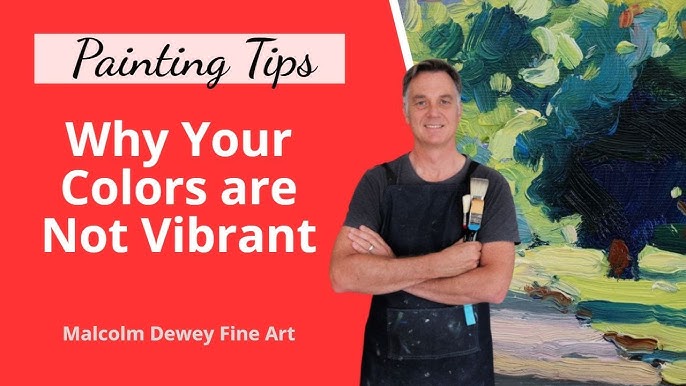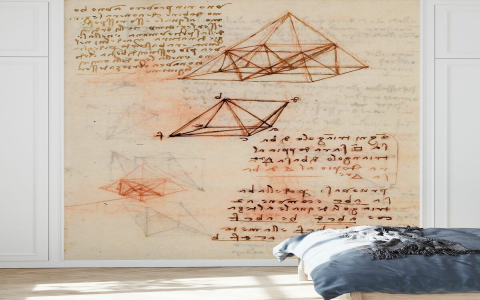Okay so this whole color thing kept tripping me up for months. Every time I’d mix colors for a painting or digital piece, something felt off—like the shadows looked like mud or the highlights screamed too loud. Super frustrating. That’s when I stumbled on this “Color Codex” concept in an old forum thread. Basically, it’s just a fancy term for organizing your go-to colors so you don’t eyeball everything and mess up.

First Step: Dumping My Usual Chaos
I grabbed all my paint tubes, markers, and opened Photoshop. Made three piles: warm colors, cool colors, and neutrals. Man, my “neutrals” pile was a disaster—six similar browns all mixed differently. Why did I even buy these? Started swatching every single one on cheap paper. Like actual physical swatches with labels. Felt tedious but necessary. For digital, I did the same in a blank canvas—hex codes written right next to each square. Took two whole evenings just for this part. My back hurt.
The ‘Codex’ Part: Sorting & Trashing
Next morning, I laid all the swatches on the floor. Goal: pick ONE favorite per color family. Sounds simple but man, I wrestled hard. Like for blues, I had five. Asked myself: “Which one works with the most others?” Killed my ego and ditched four. Did this for every group. For neutrals, I kept two grays and one brown. Felt brutal throwing out supplies, but hey—less clutter.
- Warm Side: 1 red (crimson-ish), 1 orange (burnt), 1 yellow (mustard)
- Cool Side: 1 blue (navy), 1 green (olive), 1 purple (muted)
- Neutrals: Warm gray, cool gray, chocolate brown
The Real Test: Using the Codex Live
Started a small landscape painting same day. Sun setting behind mountains. Grabbed ONLY my Codex colors—no extras allowed. Mixed sky using navy + crimson. Shadows? Mixed olive + brown. No guessing! For highlights, mustard + warm gray. Worked surprisingly smooth. No muddy puddles for once. Finished in under two hours. Felt weird not fussing over twenty color options.
Why This Stuck With Me
Biggest win? Consistency. Before, every piece had random colors—no harmony. Now everything I make feels related ’cause it all comes from those nine core colors. Also saves money: no impulse-buying duplicate paints. Downsides? Sometimes miss the old chaos, but when I cheat and grab extra colors? Yeah… the mess comes right back. Lesson learned: limitations work.
If you waste hours fixing muddy colors or buying supplies you don’t need, build your own Codex. Swatch everything, pick ruthlessly, then lock those colors away. My paintings still ain’t perfect, but now the colors don’t fight each other.


